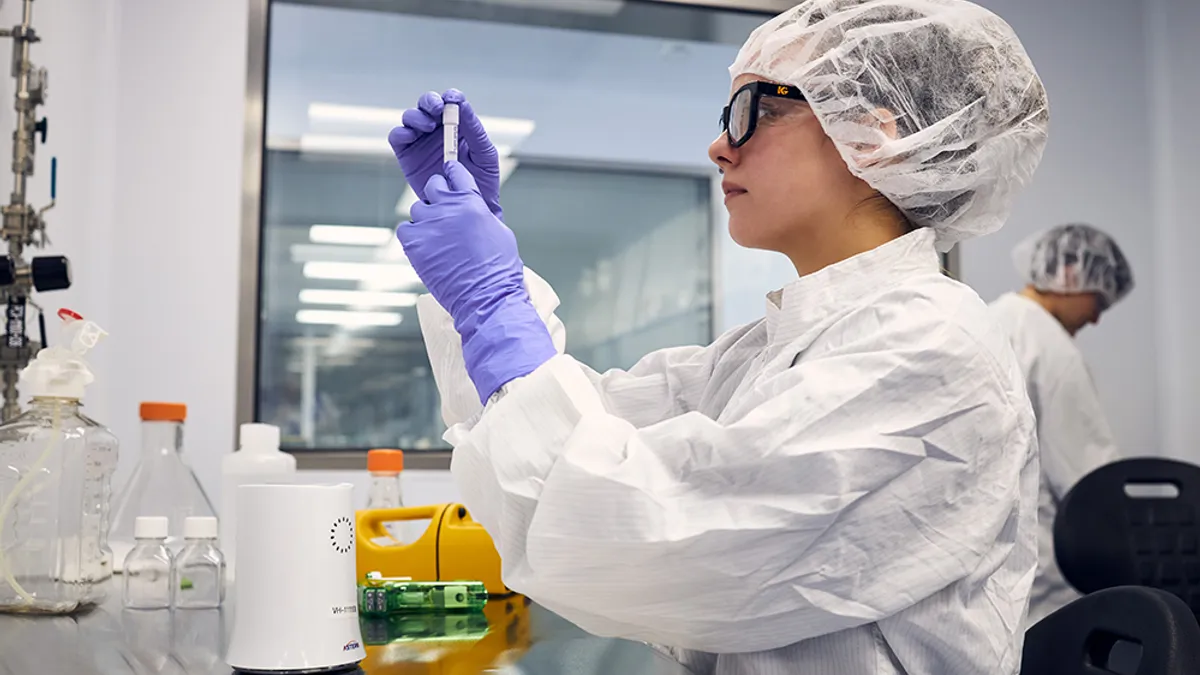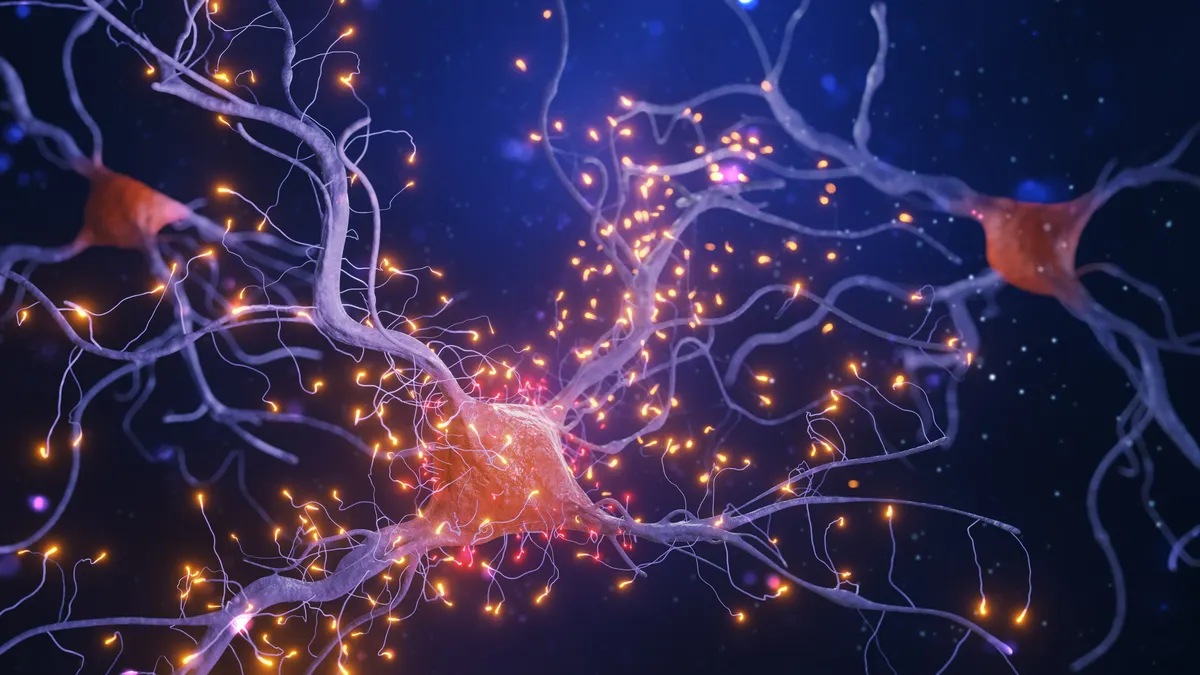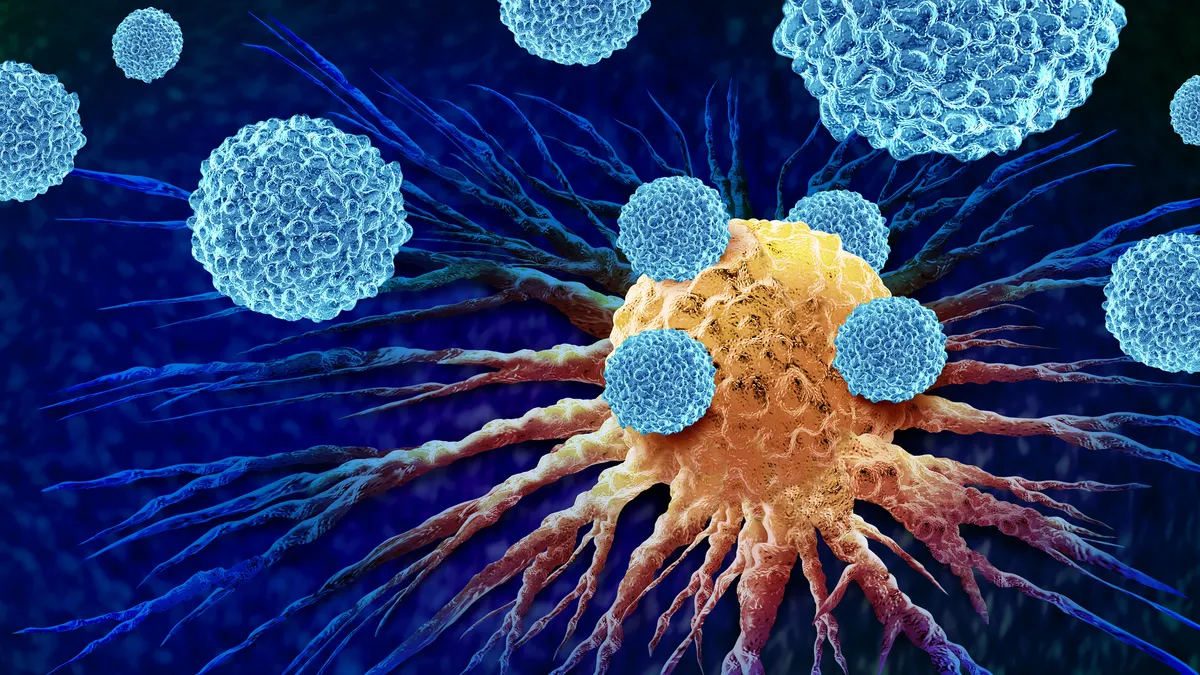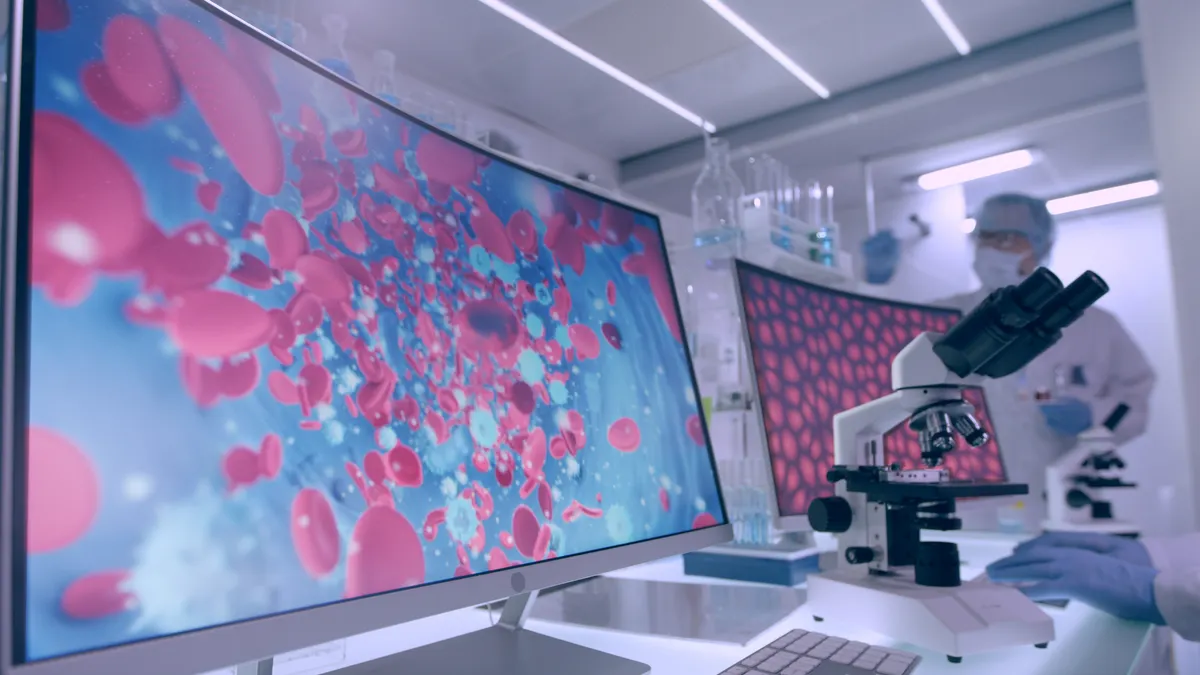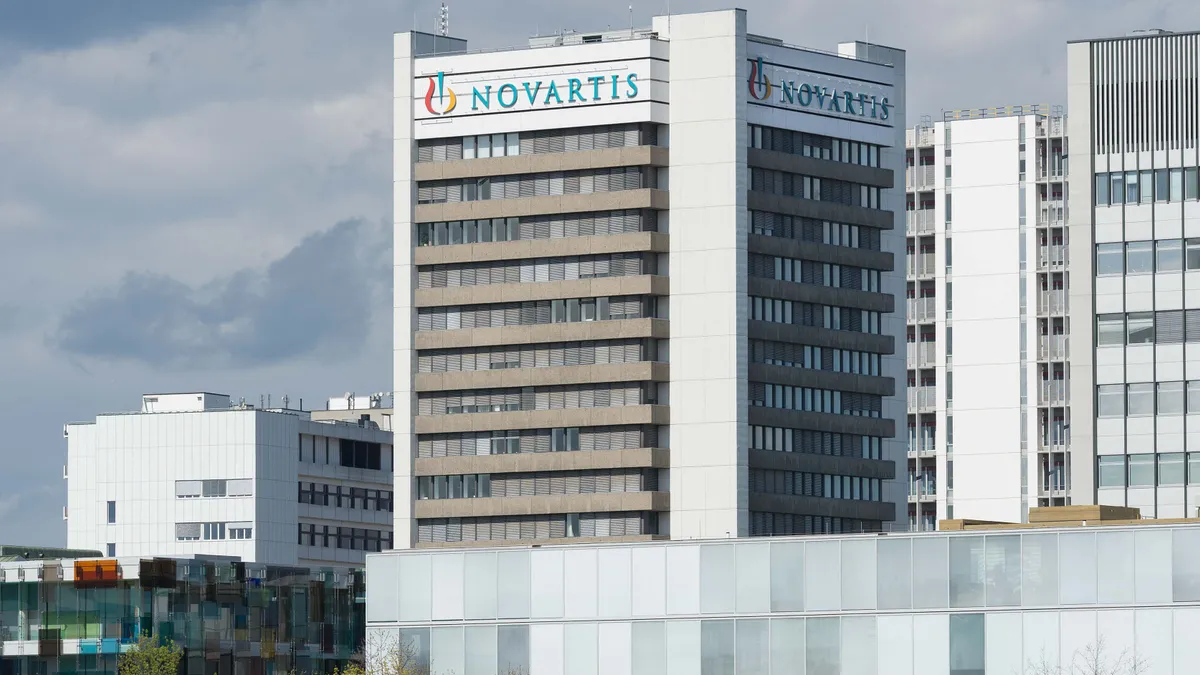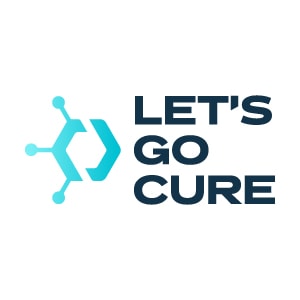About two years ago, the Food and Drug Administration approved a personalized gene therapy for an ultra-rare childhood brain disorder despite concerns treatment might inadvertently trigger cancer.
Those concerns are now back in the spotlight, as new study data published Wednesday in The New England Journal of Medicine document seven cases of blood malignancies in young boys given the therapy, called Skysona.
The cases are among 67 boys with cerebral adrenoleukodystrophy, or CALD, who were enrolled in studies of Skysona. In the months and years after treatment, six developed myelodysplastic syndromes, or MDS, a form of bone marrow cancer, and one developed acute myeloid leukemia, according to the study authors.
All of the cases were previously disclosed by Skysona's developer, Bluebird bio, to study investigators and to the FDA, which updated the treatment's labeling in April. Bluebird has also shared details of some of the cases at medical meetings.
However, the paper is the fullest assessment yet of the safety of Skysona, which the FDA cleared in Sept. 2022 on the condition Bluebird confirm its benefit with additional data.
At the time of the approval, researchers had reported three of the MDS cases, which were discussed at length by a group of experts the FDA convened to advise it. The panel ultimately voted unanimously in favor of Skysona, citing what they saw as convincing evidence of its benefit treating CALD.
Before Skysona, there was no medicine specifically for CALD, which causes progressive degeneration in the brain and, if unaddressed, typically leads to death in a child's second decade of life. The disease is linked to the X chromosome, so it affects boys.
Those past disclosures mean the cancer cases documented Wednesday won't come entirely as a surprise to treating physicians or the broader patient community. Still, they give doctors a more complete sense of how Skysona's risks balance against its benefit, which could inform treatment choices for CALD patients. (In some, stem cell transplants from a matched sibling donor can stabilize the disease.)
"These troubling events raise the bar for offering eli-cel autologous gene therapy for cerebral adrenoleukodystrophy," wrote Cynthia Dunbar, chief of the translational stem cell biology branch at the National Heart Lung and Blood Institute, in an editorial also published Wednesday. Skysona was previously called eli-cel.
The main NEJM paper shows five of the six boys who developed MDS went on to receive a stem cell transplant, which is typical for treating MDS. Four remain free of MDS with any recurrence of CALD symptoms, while one died from apparent graft-versus-host disease nearly two years after his transplant. The sixth boy with MDS is awaiting a transplant, researchers said.
The boy who had leukemia is also alive following a stem cell transplant.
In all seven cases, researchers determined the cancers were “probably mediated” by the engineered virus Bluebird used to construct Skysona, which is built from patient stem cells.
There are a number of ways researchers can insert helpful new genes into such cells; the way Bluebird chose involves a lentivirus that semirandomly integrates into the stem cells’ genome. Malignant cells in six of the patients had lentiviral DNA within two genes linked to the development of cancer. The seventh case is still being investigated.
When Skysona development began, scientists weren’t sure which cells in the brain needed to express the helpful gene the therapy would deliver. So they added genetic components to their lentivirus shuttle that ensured subsequent gene expression would be strong across the variety of cell types that arise from the transplanted stem cells.
In her editorial, Dunbar hypothesizes that these components, known as a “promoter,” could be to blame, citing a meta-analysis of several hundred patients treated with other lentiviral gene therapies that found no cases of blood cancer.
But other factors could be at play, too. Six of the cases were in one study that used a different chemotherapy regimen to prepare patients for infusion of Skysona. There were also some differences in how stem cells were mobilized into the blood for collection between the two main studies that supported Skysona’s approval.
“The way these factors individually, in combination, or with other unidentified variables interact with one another to lead to genotoxicity is unclear,” the authors of the main NEJM paper wrote.
Skysona’s benefits are easier to document. A third paper published in NEJM Wednesday detailed efficacy results from the 32 patients enrolled in the Skysona study from which only one cancer case emerged. At the most recent evaluation, neurological function scores were stable in 30 of the 32 patients, and 26 had no major functional disabilities — results that Dunbar, in her editorial, called “very promising.”
"There is still a role for Skysona,” said Christine Duncan, a senior physician at Boston Children’s Hospital and medical director of clinical research in the gene therapy program there, who was first author on one of the NEJM papers. “But it needs to be one that is very thoughtful and the family needs to be given all the information.”
According to Bluebird, 11 patients have so far initiated treatment with Skysona since it’s been available commercially. The treatment process takes some time, so it’s not clear if all five who started recently have actually been infused with the therapy, which carries a list price of $3 million.
“The well-being of patients with CALD treated with Skysona, or who are considering gene therapy following a diagnosis of CALD, is our top priority,” Bluebird said in an emailed statement.
“Bluebird is committed to ensuring that treating physicians have access to the most up-to-date safety information to support informed decision making.”
Bluebird also sells two other gene therapies: one, called Zynteglo, for severe beta thalassemia, and another, called Lyfgenia, for sickle cell disease. Both therapies use a different lentivirus that contains a different promoter.
One patient enrolled in studies of Lygenia previously developed leukemia, but researchers determined it was unlikely to have been caused by treatment. People with sickle cell have a higher risk of leukemia.
All told, 41 patients have started the process for one of Bluebird’s three treatments through late September, and the company expects another 40 more to do so in the fourth quarter. Their uptake is critical for Bluebird, which has faced persistent funding concerns over the past two years. On Sept. 24, it announced plans to lay off about a quarter of its workforce.
Editor’s note: This story has been updated with additional commentary after publication.



